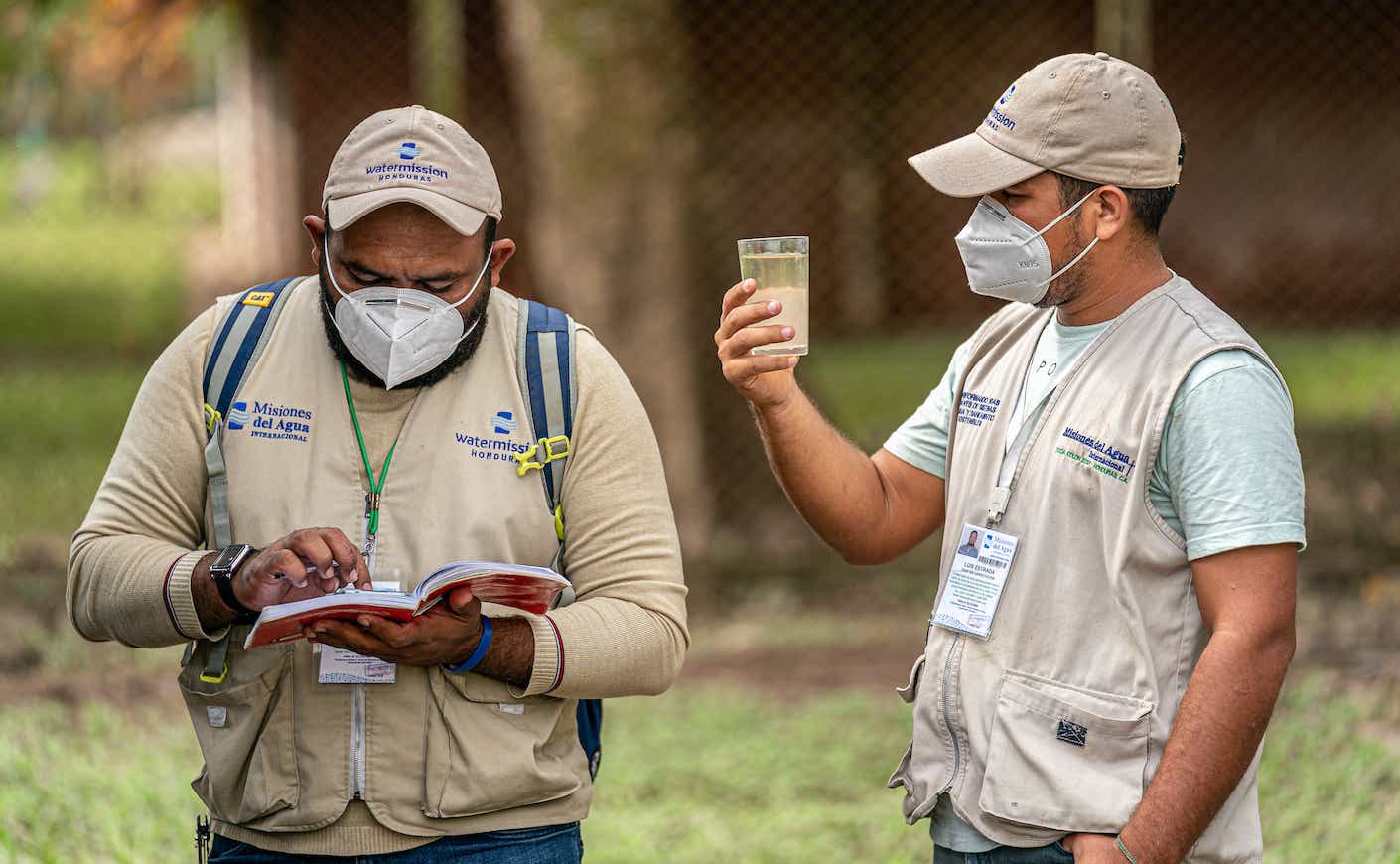Roughly 30% of the world’s population lacks access to safe, clean water. Access looks wildly different depending on where you are in the world: Every day, millions of women and children worldwide spend more than three hours walking to collect water for themselves and their families.
On World Water Day, we’re highlighting the importance of our friends at P&G and their Children’s Safe Drinking Water Program. So far, it has brought more than 18 billion liters of clean water to people in need across the globe.
Recently, P&G partnered with nonprofit Water Mission to help bring clean water to Honduras. KCM connected with John Peays, Director of Global Partnerships at Water Mission, who answered some important questions about the state of the world’s water access…
KCM: On World Water Day, what’s the importance of your mission given the rise in natural disasters in the past year and the Covid-19 pandemic?
At Water Mission, we are addressing one of the most basic needs in life where almost one-third of the world’s population has never had access to safe water. Water is so essential to every element of life. Without water, you can’t go to school, can’t work, and most importantly it’s a necessity for personal health.
What’s something that may surprise our readers about water access around the world?
2.2 billion people, almost one-third of the world’s population, have never had access to safe water, which means they are continually dealing with the consequences of drinking unsafe water. Drinking dirty water results in lingering health issues due to fighting some form of waterborne illness. For many women and children, it is always a chore to get the cleanest water, where they walk miles to gather and retrieve water every day.
Every day 2,300 people die around the world from waterborne illnesses. This lack of safe water access is a leading cause of infant mortality and one of the most deadly threats to children worldwide.
Where in the world are you primarily working the most right now and what does that action look like?
Water Mission headquarters is based in Charleston, SC, and has permanent country programs located in Africa, Asia, North, South and Central America and the Caribbean.
Our work also includes serving large refugee settlements in East Africa, safe water projects in rural and remote communities in ten countries, as well as responding to major disasters around the world.
How does P&G’s water purification packet, which you helped roll out to people in Honduras, work? How does it clean drinking water?
After a disaster, the first clean water people will drink is from the P&G packet. It’s an essential immediate solution until a consistent and permanent safe water source is secured. Each packet can provide 10 liters of safe water. Simply add a packet to the water, stir, filter through a cloth, and after 30 minutes, the water is drinkable.
Lastly, Texas recently was in the national spotlight when people What did your relief efforts look like there? How many people did you help? What does the situation look like there now?
Check out this clip about our work from Today.









